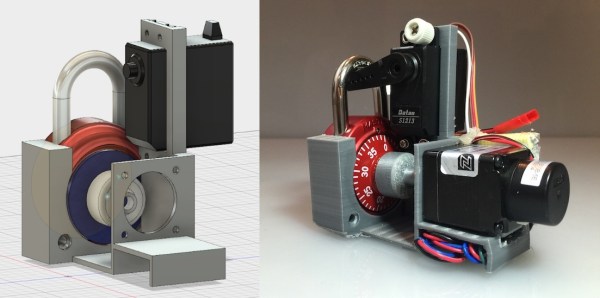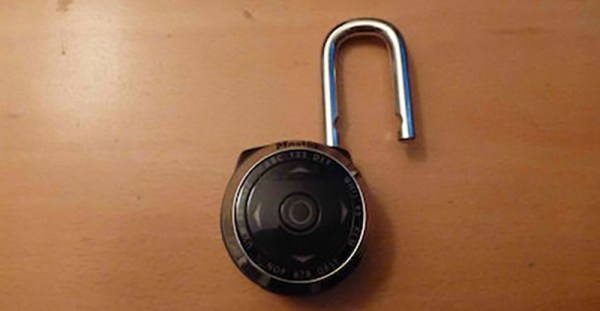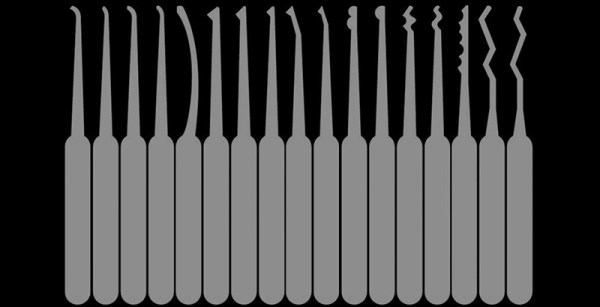We have to hand it to the Transportation Security Administration (TSA). They seem to have a perfect track record of screwing up – and that’s not an easy thing to accomplish if you think about it. If it’s not reports of TSA agents stealing valuables or inappropriately groping passengers, there is the fun fact that in all the years since it was created in 2001, the agency hasn’t caught a single person seeking to do harm in the friendly skies. We’re actually okay with that if it means nobody is trying to do anything shady.
The most recent TSA folly seemed to practically fall into the Internet’s lap when a reporter for the The Washington Post published a hi-res picture of the entire set of TSA master keys while writing an article about how the TSA handles your bags after checking them at the counter. Well, the lock picking community when nuts and in a short time had 3D printed versions available and working. You can see it in action in the (twitter) video after the break.
For those that are not familiar with travel in the US, you are not allowed to use just any old lock on your bags. It has to be approved by the TSA – and that means that they have to be able to open it. So the TSA agents have a set of master keys that can open any bag if they need to look inside for some reason. If you put a non-TSA approved lock on the bag, that can make them a little angry, and you risk having your bag delayed or even cut open.
Of course, you can get into just about any suitcase with a ball point pen, so maybe this isn’t a real “security” issue, but it sure isn’t what you want to see from the agency that is supposed to protect you. Who knew that you could make keys from a photograph? We did way back in 2009 and way more in depth this May… maybe the TSA should start reading Hackaday?
Continue reading “Dear TSA: This Is Why You Shouldn’t Post Pictures Of Your Keys Online”

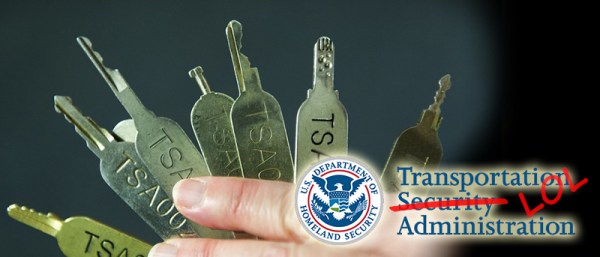


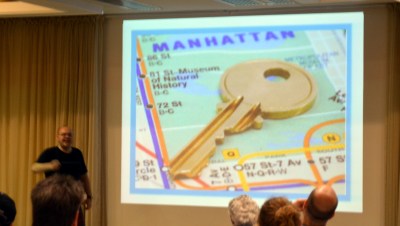 A master key for the NYC Subway was compromised and available for sale.
A master key for the NYC Subway was compromised and available for sale.  Worse, was the availability of fire-department
Worse, was the availability of fire-department  [Jos’] example of doing the right thing is to use a “prop” key for news stories. Here he is posing with a key after the talk. Unfortunately this is my own house key, but I’m the one taking pictures and I have blurred the teeth for my own security. However, I was shocked during image editing at the quality of the outline in the image — taken at 6000×4000 with no intent to make something that would serve as a source for a copy. It still came out remarkably clear.
[Jos’] example of doing the right thing is to use a “prop” key for news stories. Here he is posing with a key after the talk. Unfortunately this is my own house key, but I’m the one taking pictures and I have blurred the teeth for my own security. However, I was shocked during image editing at the quality of the outline in the image — taken at 6000×4000 with no intent to make something that would serve as a source for a copy. It still came out remarkably clear.